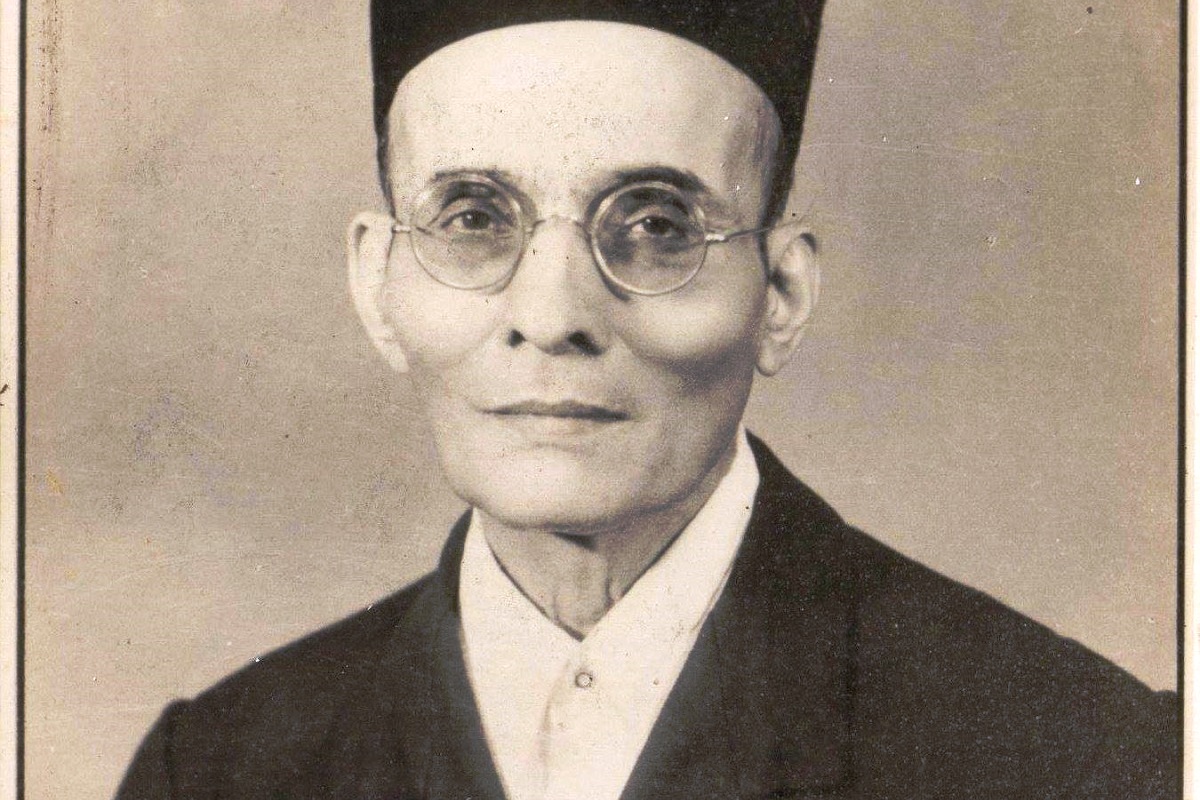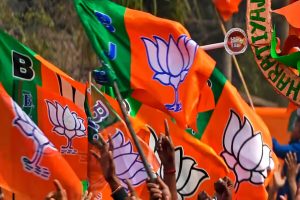Vinayak Damodar ‘Veer’ Savarkar (1883-1966) initially belonged to the tradition of militant nationalism that had no faith in the mainstream preGandhi Congress policy of mendicancy and instead preferred using revolutionary violence to overthrow British rule in India. He reached London in 1906 ostensibly to pursue higher education but it was mainly to organize and augment revolutionary activities in India.
Apart from his primary motivation, he was conscious of the fact that there was a colossal ignorance about India in the West and to rectify it he tried to popularise Indian affairs by writing articles in America and getting it translated in a number of European languages. He aimed to bring to the attention of people abroad greater awareness about Indian issues in order to earn their sympathy and support for India’s freedom.
Subhas Bose adopted a similar policy later but his purpose was to break the prevailing prejudices against India. Savarkar like MN Roy was a revolutionary nationalist in the initial years. He belonged to an underground revolutionary organization, Abhinav Bharat, whose aim was attaining freedom through revolutionary means. He was convinced that in the then prevailing situation, attainment of independence through constitutional means was practically impossible.
His strategy was to take advantage of the ongoing turmoil in Europe and to fight for freedom in association with other revolutionaries from different nations who were preparing for similar armed insurrection in their own homelands. It was a period widely different from the Gandhian one where the process of transfer of power genuinely began and when the Congress leaders enjoyed lot of privileges including the status of dignified political prisoners when in jail.
In 1908, Savarkar met Gopal Krishna Gokhale and RC Dutt in London and as both of them were historians he informed them that he was planning to write a book reinterpreting the 1857 revolutionary upsurge in India from a nationalist perspective. He termed the 1857 uprising as the First War of India’s independence while the colonial historians had described it as the Sepoy Mutiny.
His stay in England was shortened by his arrest and subsequent pronouncement of double sentence meant that for the rest of his life he would remain jail. This marked the beginning of the second phase in his life. Though life in Andaman’s cellular jail was extremely hard with hardly any reading material yet Savarkar concentrated on comprehending the major issues in political theory.
He began to focus primarily on the concepts of nation and nationalism, inspired by Renan’s publication of ‘What is a Nation” (1882) and Mazzini’s inspiring revolutionary nationalism. The enumeration of census that began in 1871 brought to the forefront the composition of India’s population with figures of different religions and caste groupings.
Two important developments became his prime concerns (1) declining fertility rate among the Hindus and (2) the active role of proselytizing religions in India, all of whose origins were abroad. Savarkar differentiated easily the European from the Indian situation with Europe being religiously homogenous and India being heterogenous.
There was tension between faiths because of mutual distrust and fear of domination. What bothered him the most was the fear of conversion from Hinduism to other faiths and other related issues like forced conversions and kidnapping of girls and their consequent conversion. Technically the British administration maintained its neutrality and non-interference in religious matters but were unwilling or unable to stop these unacceptable acts.
Even prisons were not free from these areas of conversions. Savarkar was convinced that this widespread practice of illegitimate means of conversions had to be stopped. He was aware of the general Hindu passivity which also had to change. Hindus had to muster their strength and take complete control of the country.
Material well-being and numerical increase in numbers and solidarity provided the general framework of Savarkar’s action programme. Even on the matter of conversion his prescription was reconversion. For working out a larger numerical majority for the Hindus, Savarkar suggested that at the time of the census, all Hindus should identify themselves as Hindus.
He planned to unify the Hindus, the Sanatanis, the Sikhs, the Brahmos and the Arya Samajists. He defined a Hindu as “a person who regards this land of a Bharat Varsha from the Indus to the seas as his fatherland as well as his Holy land, that is the cradle land of his religion”.
Keer pointed out that this formulation evolved after he was transferred from the cellular jail to Ratnagiri jail. Savarkar felt compelled to find a new definition of Hinduism in view of the fact that Hinduism was described loosely. Unlike other religious beliefs it was perceived as a folk religion and as a way of life. Tilak’s definition was found to be inadequate as it was overtly religious. Savarkar’s aim was to structure an unstructured religion.
This, Keer considered to be his “greatest contribution to Hindu thought, history and polity”. Not only did he provide a more precise description of the term Hindu but he also endeavoured to modernise and strengthen Hinduism. Probably the most important and controversial was his advocacy of reconversion (Shuddi), as it was in Christianity and Islam, by which one could reconvert to being a Hindu.
This was a fundamental shift as traditional Hindu practice did not permit reconversion. This also had a far-reaching consequence as it did away, with one stroke, the widespread practice of contamination that the priests upheld. In a rational and peaceful method, it challenged the very root of Hindu vulnerability as it proclaimed with self-assertion that Hindus were equally capable of doing what others were doing.
Gandhi was against conversion. Savarkar was a pluralist in religion and did not advocate a narrow sectarian line. As a rationalist he agreed that all the religions had to co-exist and propagation of all religious beliefs were justified provided it was done in a peaceful and rational manner.
(To Be Concluded)
(The writers are, respectively, a retired Professor of Political Science, University of Delhi and an Associate Professor of Political Science, Jesus and Mary College, New Delhi)












